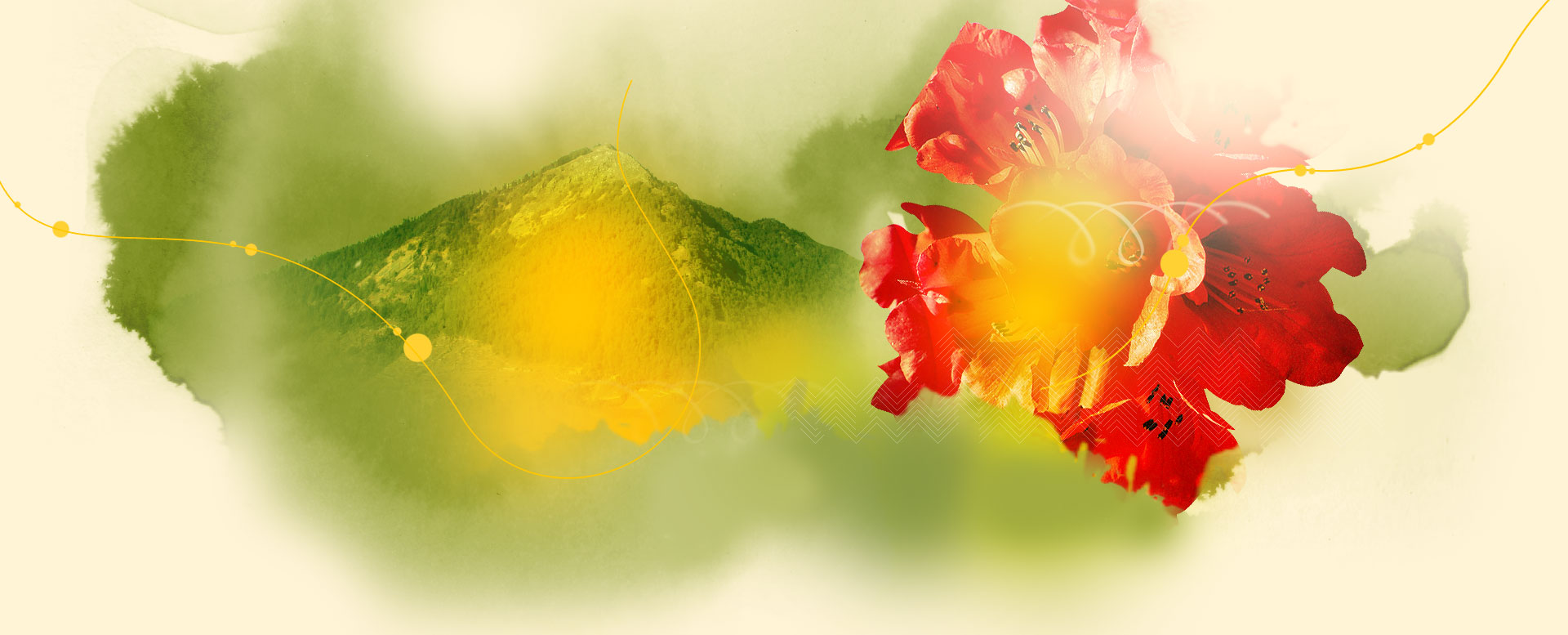discover
muskotia
fascinating facts about kilbury reserve forest


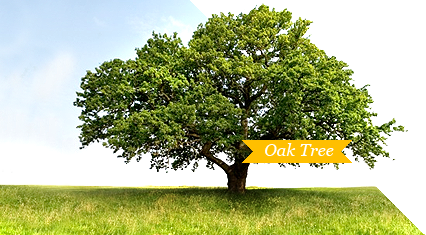
Kilbury reserve forest has more than 60% area under Oak, which is the most preferred plant for Himalayan ecology. Besides common species like Evergreen Oak (QuercusLeucotrichophora) some rare and endangered species of Oak such as uercuslamellosaalso also exist here.

Kilbury forest has a natural population of Cheer Pheasant (Catreuswallichii ), a vulnerable species of the pheasant family, which has also been listed in IUCN (International Union for Conservation of Nature) Red List of Threatened Species. Due to the ongoing habitat loss, small population size and hunting in some areas, the Cheer Pheasant has become endangered.

The State bird of Uttarakhand, the Monal has been also been reported to be seen in Kilbury reserve forest range.
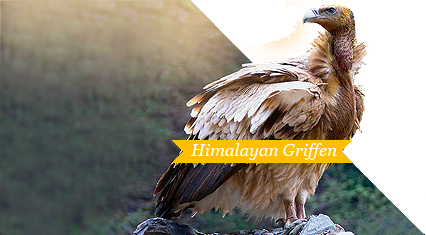
Kilbury forest range has a natural habitat of Himalayan Griffen, which is the largest Old World vulture
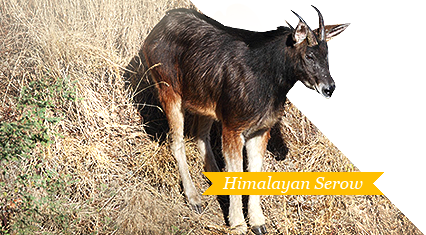
Himalayan serow: Kilbury reserve forest has a rich population of the Himalayan serow (Capricornisthar). It is a goat-antelope native to the Himalayas, and Eastern and Southeastern Bangladesh which has been classified as “Near Threatened” by IUCN.
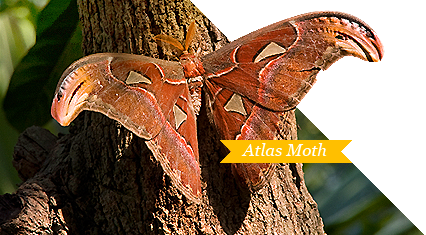
The Atlas moth (Attacus atlas) are considered the largest moths in the world in terms of total wing surface area [upwards of c. 400 cm2 (62 sq in)]. Their wingspans are also amongst the largest, reaching over 25 cm (10 in). Females are appreciably larger and heavier. Atlas moths are said to be named after either the Titan of Greek mythology, or their map-like wing patterns. It is also known as "snake's head moth". It bears a passing resemblance to a snake's head.
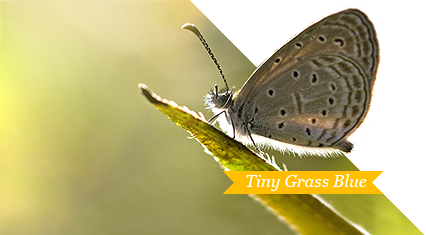
Tiny grass blue, the smallest butterfly of India exists in Kilbury forest.
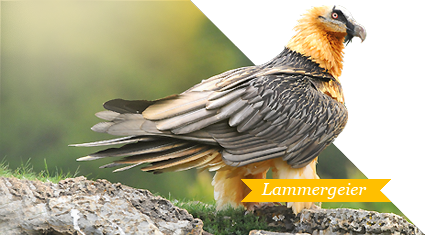
Huge rocks in forested ridges present in the Kunjakhark range of Kilbury make it a good place to sight high altitude birds like the Lammergeier and the Himalayan and Eurasian Griffen. Other raptors you may see are the Tawny Eagle, Steppe eagle and Kestrel. These rocks can be best seen from Muskotia retreat.
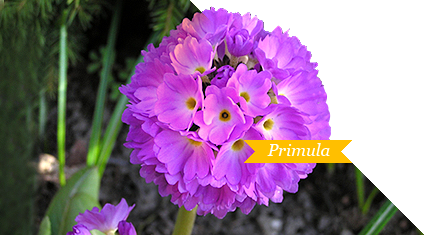
Primuladeticulata flower (Primula), is a commonly occurring wild ornamental at Kilbury. Britishers patronized the flower and introduced it to Europe in the 18thcentury. It’s preserved sample also exists in the Royal Botanical garden of Kew, U.K.
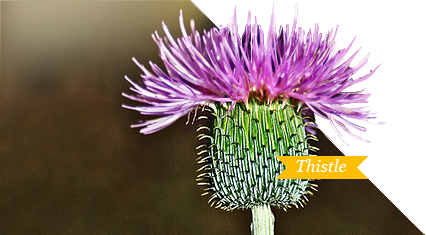
Thistle a common weed found in and around our area has been the national emblem of Scotland since the reign of Alexander III. Thistle is a very good attractant for butterflies and they love its bright coloured flowers.
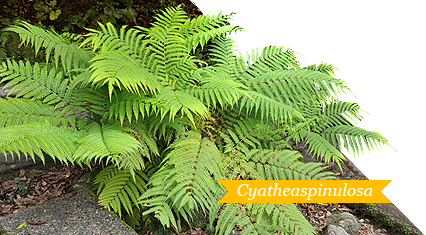
Kilbury's population has some species of Tree ferns Cyatheaspinulosa, a very rare type of fern.
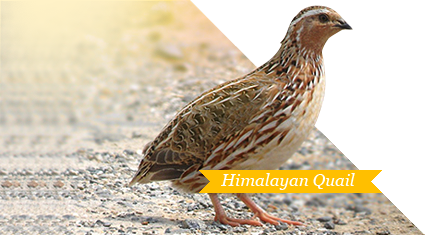
Kilbury forest of Nainital is presumed to be the habitat of the Himalayan quail (Ophrysiasuperciliosa), one of the rarest birds in the world and is listed in the Schedule I of the Wildlife (Protection) Act, 1972 of India and categorized as Critically Endangered in the IUCN Red list. This species has been reported with certainty from two locations, both of which are in the Western Himalayas in the North-western regions of Mussorie and Nainital in Uttarakhand. The last verifiable record of sighting of this bird was in 1876 by Major G. Carwithen who obtained a specimen of it from the Eastern slopes of Sher-ka-danda, close to Nainital, at an elevation of 7,000 feet (2,100 m). According to unconfirmed sources, this bird was last seen in 2003 in Nainital, Kumaon Hills.
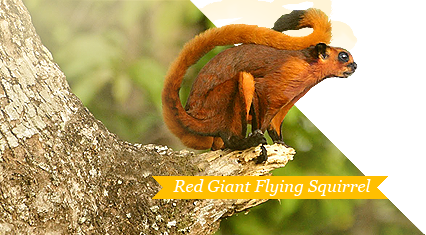
Red Giant Flying Squirrel (Petauristapetaurista) also has been spotted in the Kilbury forest range. Flying squirrels are not capable of powered flight like birds or bats; instead, they glide between trees. They are nocturnal animals and rarely seen in the day time.
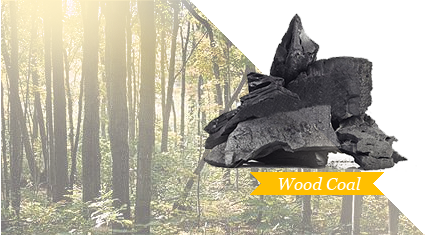
Gugukhan, the village adjoining Muskotia Retreat, came into being during British times. The area was inhabited by a large migratory population of Nepalese Citizens, as they knew the art of burning trees to produce Wood Coal, which was in great demand in those times. Most of the villagers of Gugukhan, therefore trace their ancestory from Nepal.
